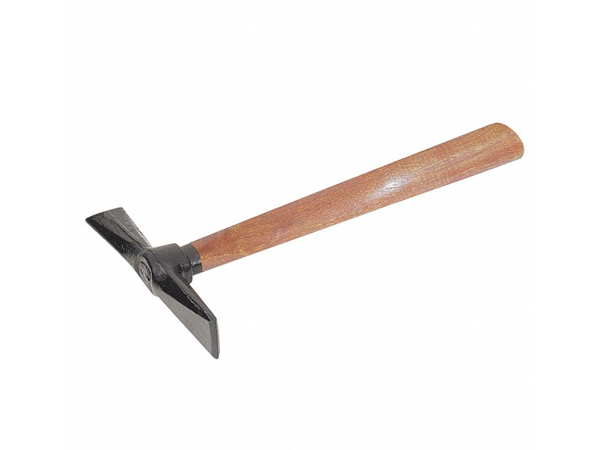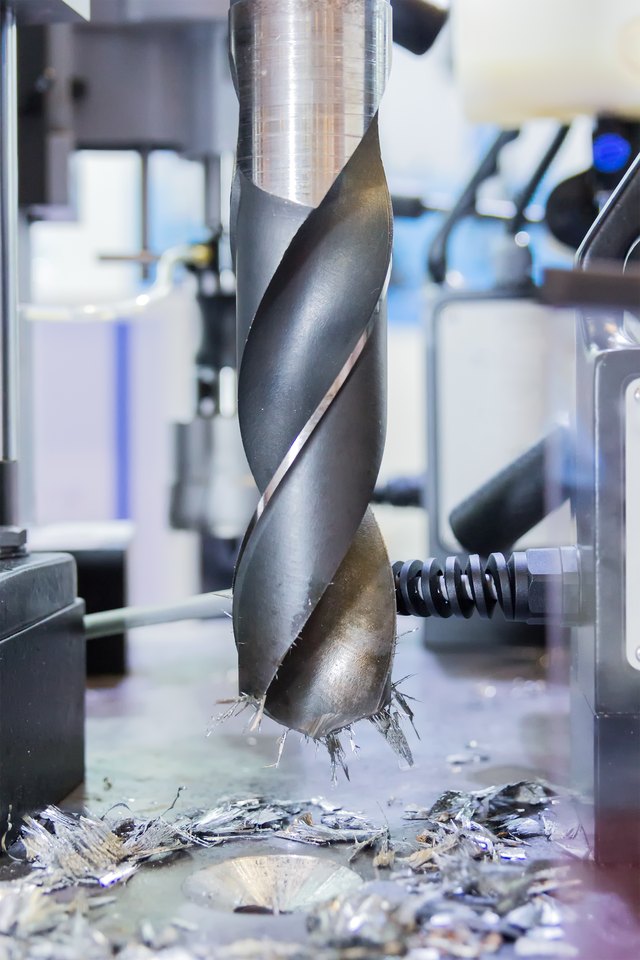If you're trying to remove an old faucet from your kitchen sink but the nut is just too hard to budge, don't worry, you're not alone. Many homeowners face this challenge when attempting to replace their kitchen faucet. But fear not, there are a few techniques you can try to loosen that stubborn nut and successfully remove the old faucet. One of the most effective tools for this task is a basin wrench. This specialized plumbing tool is designed to reach and grip nuts in tight spaces, making it perfect for removing a kitchen sink faucet.1. Use a basin wrench to loosen the nut
Another helpful tip for removing a stubborn nut is to use penetrating oil. This type of oil is specially formulated to break down rust and corrosion, making it easier to loosen tight nuts. To use this method, apply the oil directly onto the nut and let it sit for a few hours. The oil will seep into the threads and help loosen the nut, making it easier to turn.2. Apply penetrating oil to the nut and let it sit for a few hours
If the nut is still stuck after using a basin wrench and penetrating oil, you may need to use a pipe wrench for extra leverage. Position the pipe wrench around the nut and turn it counterclockwise to loosen it. Be careful not to apply too much force, as this can damage the nut or the surrounding plumbing. If the nut still won't budge, try the next method.3. Use a pipe wrench to grip the nut and turn it counterclockwise
If all else fails, you can try cutting through the nut with a hacksaw. This should only be done as a last resort, as it may cause damage to the faucet or the sink. Use a hacksaw with a metal-cutting blade and carefully saw through the nut until it can be removed. This method requires patience and precision, so take your time and be careful not to damage any other parts of the faucet or sink.4. Use a hacksaw to cut through the nut
Another effective method for removing a stubborn nut is to use heat. A blowtorch can be used to heat up the nut, which will expand the metal and make it easier to turn. This method is best used for brass or copper nuts, as they are more resistant to heat and won't be damaged. Be sure to use caution when using a blowtorch and keep a fire extinguisher nearby just in case.5. Use a blowtorch to heat up the nut and loosen it
If the nut is completely stuck and cannot be removed, you can try using a nut splitter tool. This tool is designed to split the nut into smaller pieces, making it easier to remove. Place the nut splitter over the nut and tighten it until it breaks. Once the nut is in smaller pieces, you can easily remove them with pliers or a screwdriver.6. Use a nut splitter tool to break the nut into smaller pieces
If the nut is stuck and cannot be turned, you can try chipping away at it with a hammer and chisel. This method requires precision and patience, as you will need to carefully chip away at the nut without damaging the surrounding plumbing. Once the nut is weakened, you can use pliers or a wrench to remove it.7. Use a hammer and chisel to chip away at the nut
If the nut is still stuck, you can try using a pair of pliers for extra grip. Place the pliers around the nut and use them to turn it counterclockwise. Be careful not to apply too much force, as this can damage the nut or the surrounding plumbing. If the nut still won't budge, try the next method.8. Use a pair of pliers to grip the nut and turn it counterclockwise
If all else fails, you can try drilling through the nut with a metal cutting bit. This should only be done as a last resort, as it may cause damage to the faucet or the sink. Use a drill with a metal cutting bit and carefully drill through the nut until it can be removed. This method requires precision and caution, so take your time and be careful not to damage any other parts of the faucet or sink.9. Use a drill with a metal cutting bit to drill through the nut
If none of these methods work or you are uncomfortable attempting them on your own, it may be best to call a professional plumber for assistance. They have the experience and specialized tools to safely remove the old faucet and install a new one. While it may cost more than attempting the task yourself, it will save you time, frustration, and potential damage to your plumbing. Removing an old faucet with a stubborn nut can be a frustrating and time-consuming task, but with these techniques, you can successfully remove it and install a new one. Remember to always use caution and patience, and when in doubt, call a professional for help. With a little perseverance, you'll have a beautiful new kitchen faucet in no time.10. Call a professional plumber for assistance
Why Removing Old Faucets from Kitchen Sinks Can Be a Challenge

The Importance of Maintaining Your Kitchen Sink
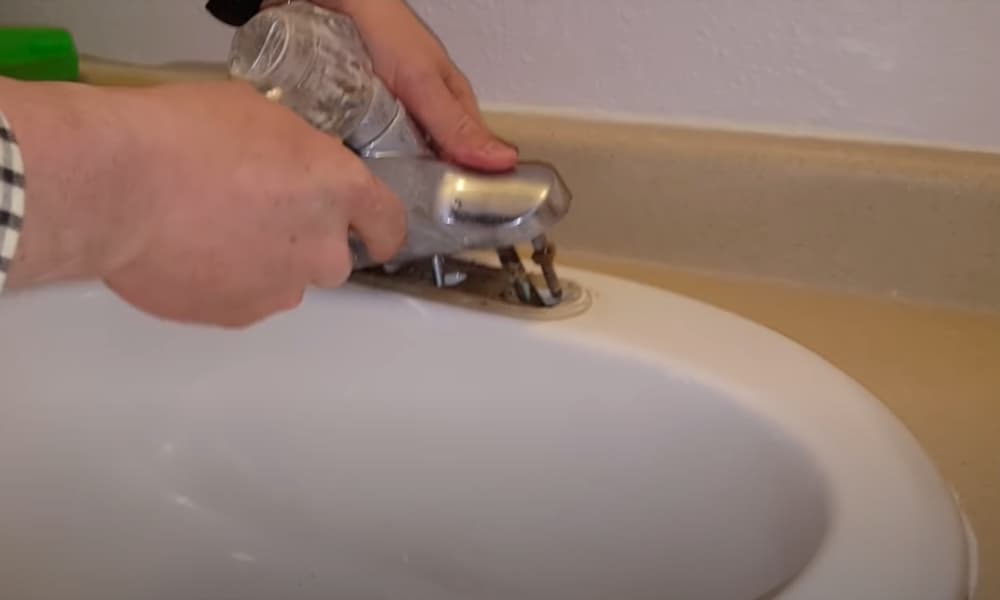 The kitchen sink is an essential part of any household. It is where we wash our dishes, prepare food, and even fill up a glass of water. Over time, the sink and its faucet can become worn out and need to be replaced. However, removing an old faucet can be a daunting task, especially if the nut holding it in place is too hard to remove.
The kitchen sink is an essential part of any household. It is where we wash our dishes, prepare food, and even fill up a glass of water. Over time, the sink and its faucet can become worn out and need to be replaced. However, removing an old faucet can be a daunting task, especially if the nut holding it in place is too hard to remove.
The Difficulty of Loosening a Tight Nut
 The nut that holds the faucet in place is typically located underneath the sink, making it difficult to access. This can be even more challenging if the faucet has been in place for many years and has accumulated rust and mineral deposits. In some cases, the nut may have been over-tightened during installation, making it nearly impossible to loosen.
The nut that holds the faucet in place is typically located underneath the sink, making it difficult to access. This can be even more challenging if the faucet has been in place for many years and has accumulated rust and mineral deposits. In some cases, the nut may have been over-tightened during installation, making it nearly impossible to loosen.
Tools and Techniques for Removing a Stubborn Nut
 To successfully remove an old faucet, you will need the right tools and techniques. First, it is essential to have a basin wrench, which is designed specifically for removing and installing faucets. This tool has a long handle and a pivoting head, making it easier to reach and turn the nut. Additionally, using a penetrating oil, such as WD-40, can help loosen the nut and make it easier to remove.
Pro Tip:
Before attempting to remove the nut, it is crucial to turn off the water supply and drain any remaining water from the pipes. This will prevent any potential flooding or accidents.
To successfully remove an old faucet, you will need the right tools and techniques. First, it is essential to have a basin wrench, which is designed specifically for removing and installing faucets. This tool has a long handle and a pivoting head, making it easier to reach and turn the nut. Additionally, using a penetrating oil, such as WD-40, can help loosen the nut and make it easier to remove.
Pro Tip:
Before attempting to remove the nut, it is crucial to turn off the water supply and drain any remaining water from the pipes. This will prevent any potential flooding or accidents.
When to Call in a Professional
 In some cases, the nut may still be too difficult to remove, even with the proper tools and techniques. If this is the case, it may be best to call a professional plumber. They have the experience and specialized tools to remove the nut safely and efficiently. Attempting to force the nut off can cause damage to the sink and plumbing, resulting in costly repairs.
In some cases, the nut may still be too difficult to remove, even with the proper tools and techniques. If this is the case, it may be best to call a professional plumber. They have the experience and specialized tools to remove the nut safely and efficiently. Attempting to force the nut off can cause damage to the sink and plumbing, resulting in costly repairs.
Conclusion
 Removing an old faucet from a kitchen sink can be a challenging task, but with the right tools and techniques, it can be done successfully. Regular maintenance and proper installation of a new faucet can help prevent this issue in the future. However, if the nut is too hard to remove, it is best to seek the help of a professional to avoid any further damage.
Removing an old faucet from a kitchen sink can be a challenging task, but with the right tools and techniques, it can be done successfully. Regular maintenance and proper installation of a new faucet can help prevent this issue in the future. However, if the nut is too hard to remove, it is best to seek the help of a professional to avoid any further damage.



/basin-wrench-58fa35c55f9b581d59cb6d7b.jpg)
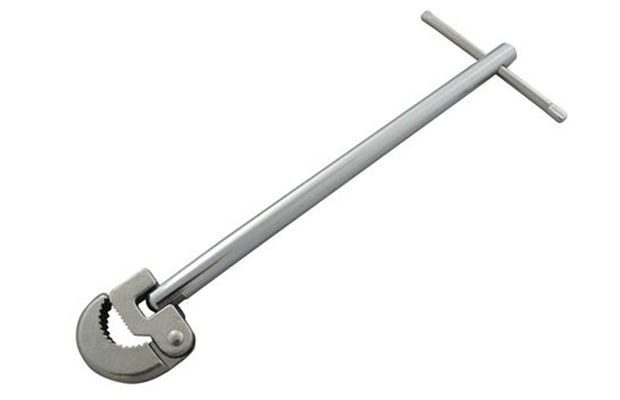























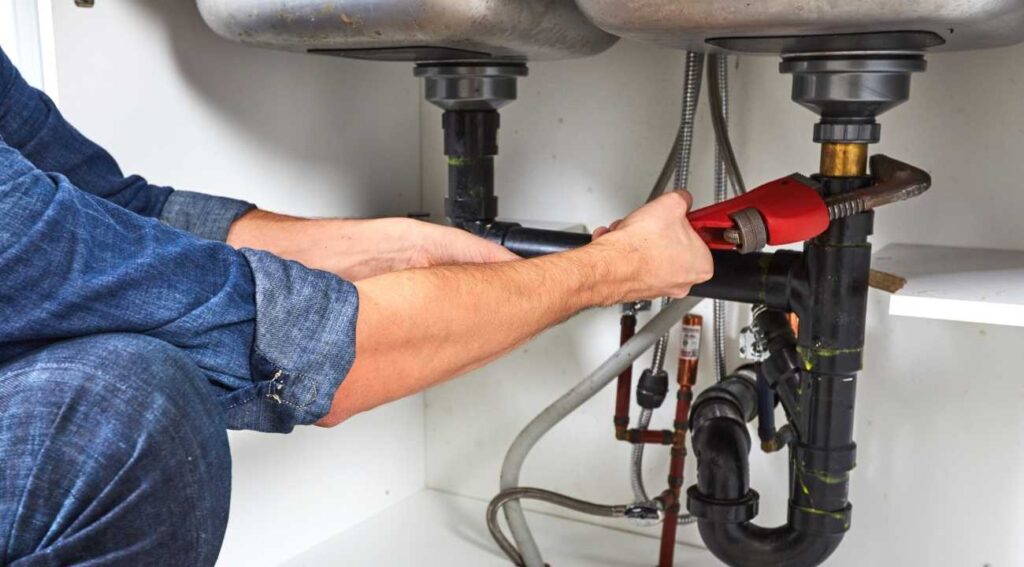




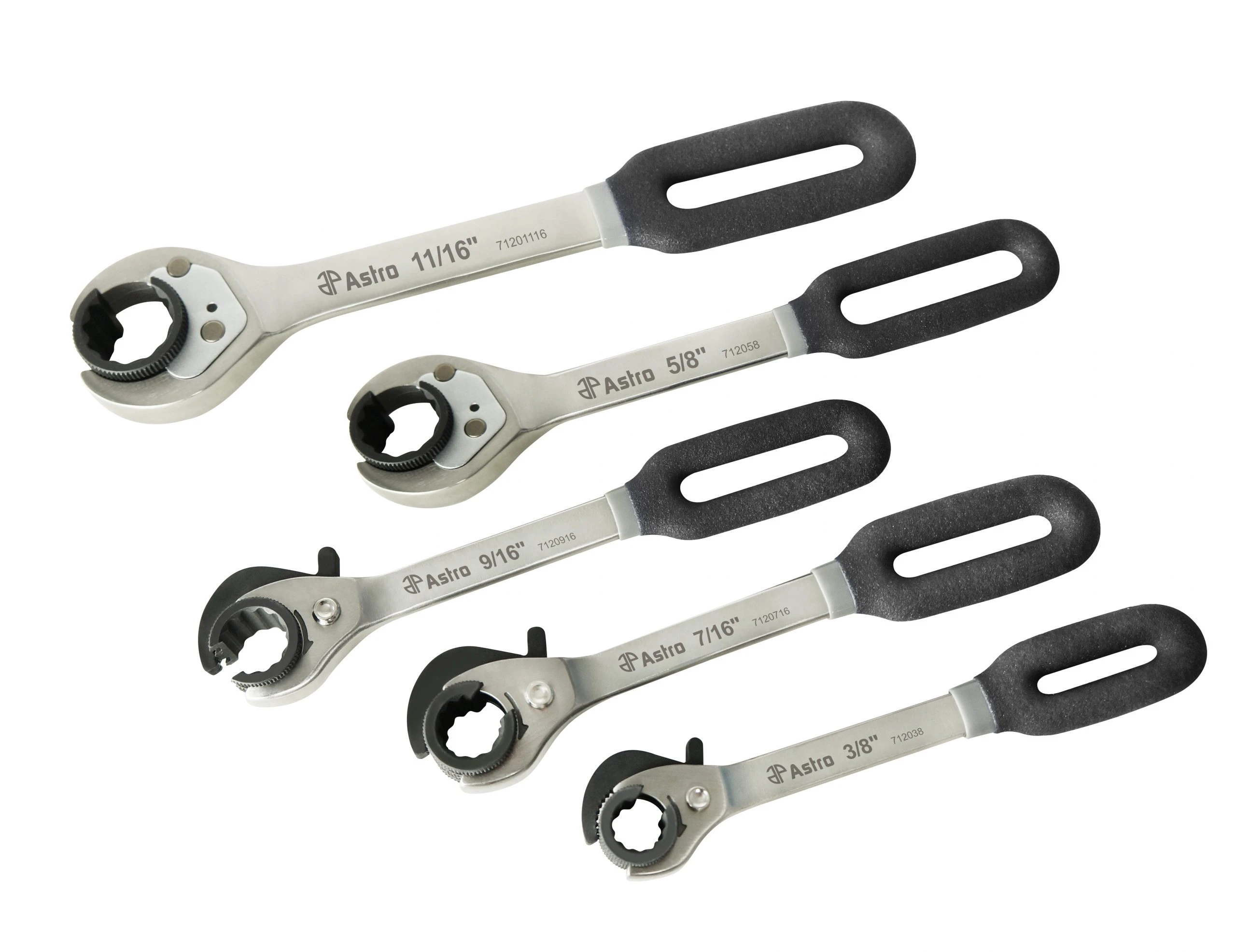

:max_bytes(150000):strip_icc()/103081181_preview-5c1884b3930a41e1a6549c8e1fcb441f.jpg)










































